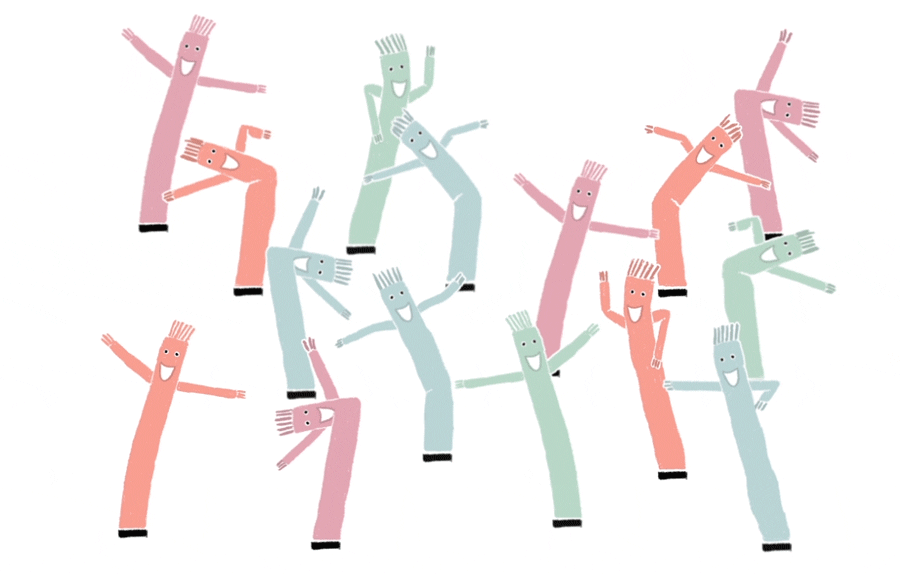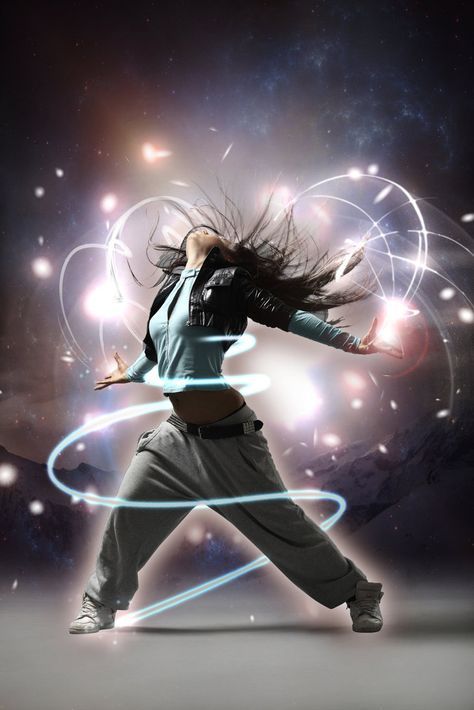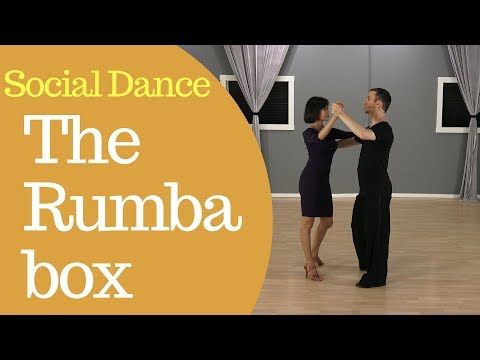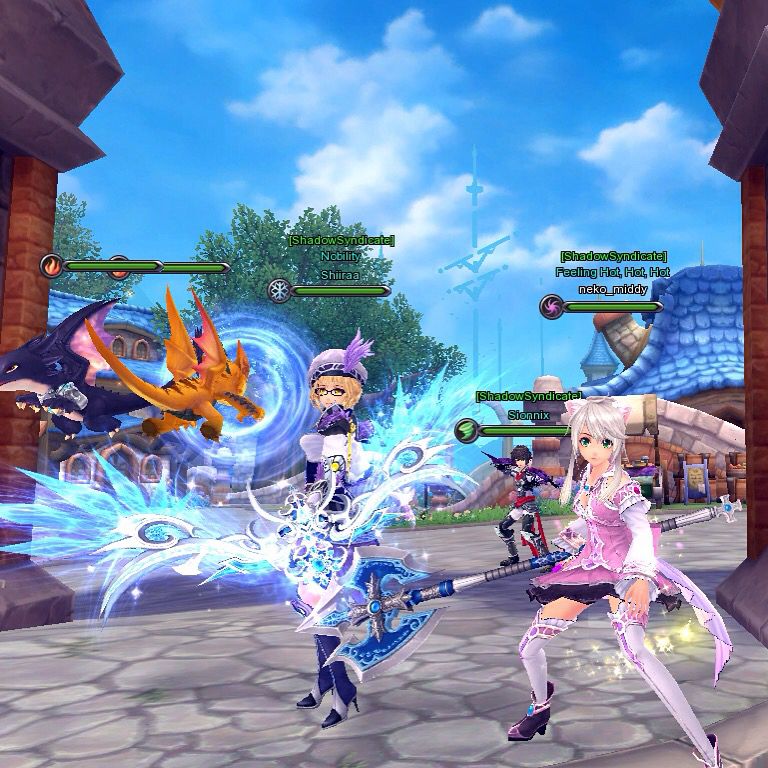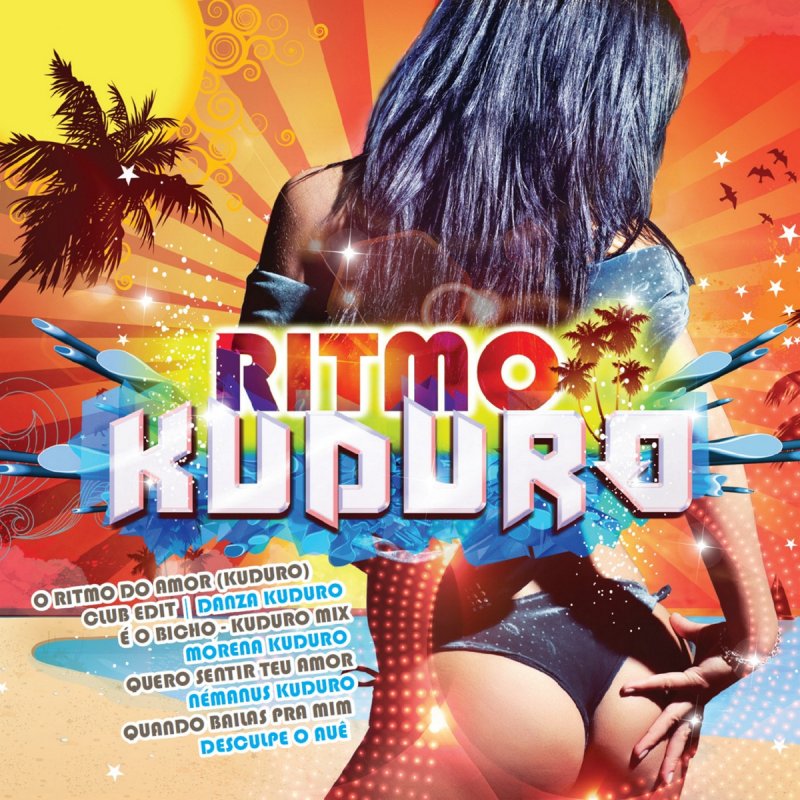How to improve dance technique at home
5 Ways to Improve Your Dance Technique this Year
1 March3018August 14, 2022
5 Ways to Improve Your Dance Technique this Year
How to Improve Your Dance Technique
If you’re looking to improve your dance technique in 2018, there are several factors to explore. First, congratulations on taking the first step! Often times the hardest part of setting a new goal is getting started. You’re off to a great start by doing your research. Next, it’s important to remember that significant progress takes time and won’t happen overnight. Improvement takes daily, or at minimum, weekly practice. Consistency is key! Whether you’re a beginner dancer or you’ve been dancing for several years, consider the following tips to improve your dance technique this year.
1. Stretch daily
Although it may seem elementary, it’s important to remember to stretch every day to improve your dance technique. Your stretching routine doesn’t need to be long or overly complicated, however “the simple act of getting up and getting your body moving is a great way to jump start the day. Stretching will help you improve your dancing by making you more flexible and increasing your range of motion. It will also reduce the risk of injuries like pulled muscles (Steezy, 2017).
Here are a few things to avoid when stretching, via DanceTeacher:
- Avoid trying to progress too quickly in your stretching, which can strain or sprain ligaments, tendons or muscles. Dancers need to gradually increase stress on muscles so they have time to adapt.
- Warming up properly before stretching is essential. If you’re stretching a cold muscle, or stretching for so long that muscles get cold, you actually end up stretching the joint instead.
- Perhaps most importantly, strength building should go hand in hand with stretching. Focusing on strength can benefit your functional flexibility more than anything else.
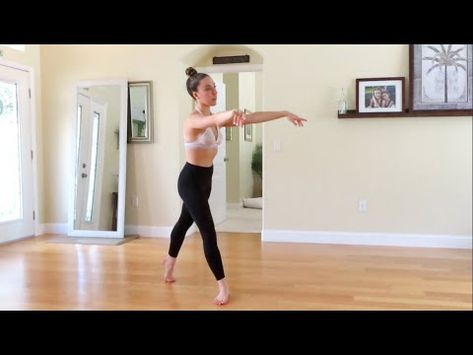
Explore “Stretching For Dancers” below for some worth-while tips:
2. Don’t be afraid to challenge yourself!
Improving your dance technique can include exploring new types of dance, trying different routines and pushing yourself outside of your comfort zone (safely, of course). Ask your dance instructor about other types of dance offered at your studio, that you haven’t tried before. Then, make a point to sit in on a class and observe.
If you’re not interested in exploring new types of dance, then review pieces you’ve learned before and make a point to re-master them. “Do you ever play a set from 5 years ago during practice, and watch someone do it flawlessly, like they just learned it yesterday?… (That can be you) if you just practice!” (Steezy, 2017). Condition yourself not to stop practicing or learning, long after a performance or routine is through.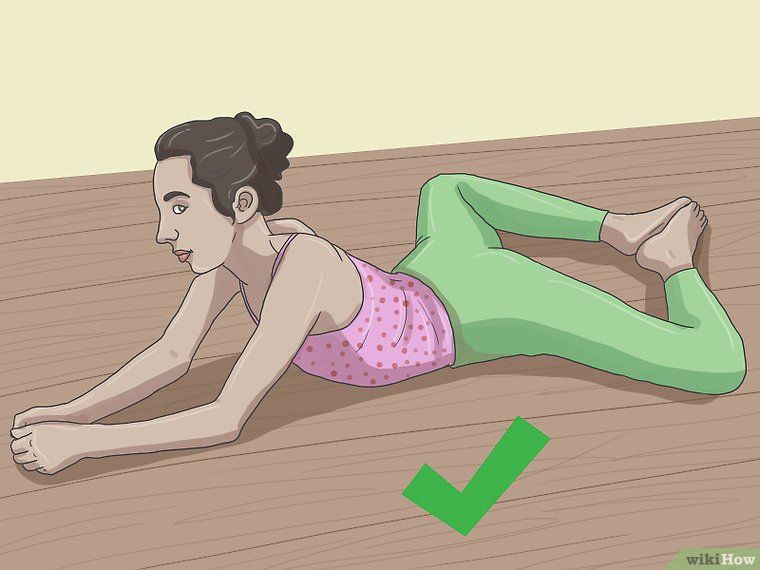
3. Tell yourself you can do it
Never discount the power of positive thinking! “Negative thoughts are only going to bring you down, literally” (rockettes, 2018). Learning new techniques, a different style of dance, or even committing to perfect your stretching can all seem super intimidating. Remember to give yourself credit for wanting to improve- starting is always the hardest part when trying to achieve a new goal! Try telling yourself “I can do this,” out loud, before trying your new activity. Over time, the simple act of declaring confidence in yourself will begin to convince your inner critic. You’ve got this!
4. Videotape yourself dancing
Are you super clear on specific elements of your dance technique that you want to improve? If not, videotaping yourself dancing is a great way to start. Ask your dance instructor, a friend or a family member to capture you practicing a particular routine so you’re able to review your performance. By watching yourself dance, it will become much clearer which areas need improvement. Don’t be afraid to ask your dance instructor to watch the video with you as well. It may be helpful to hear their expert opinion on the areas you should focus on to improve.
By watching yourself dance, it will become much clearer which areas need improvement. Don’t be afraid to ask your dance instructor to watch the video with you as well. It may be helpful to hear their expert opinion on the areas you should focus on to improve.
5. Ask Your Teacher for Help
Your dance instructor is invested in your success as a dancer. They’re committed to helping you achieve whatever your specific dance goals may be, from improved flexibility to learning a new, rigorous routine. Don’t hesitate to ask them for help when it comes to going after a new goal.
“Instead of just going to class, dancing and going home, get help from others to improve your dance technique… Ask an instructor to give you all the corrections possible and learn from your mistakes. You will always be improving your dance technique so why not use all of the sources possible to do so? It doesn’t cost anything to watch and get help from others. But by taking the time to do so, you can see significant improvements in your dancing fast!” (Dance Full Out, 2012).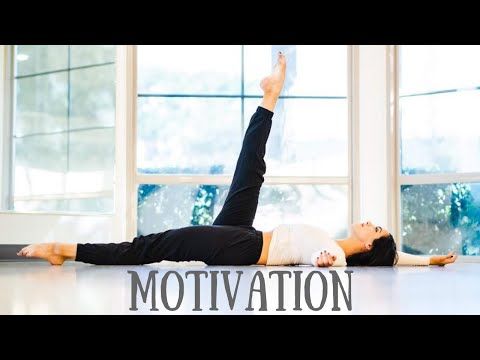
Share this post?
5 Simple Daily Practices To Improve Your Dancing
Finding time to improve your dance skills can be really, really tough.
You may want to become a better dancer, but how can you fit 1-2 hours of dance class between work, school, a social life, and EVERYTHING else!?
Even if you can't make it to class, you can still improve your dance skills with a few simple, daily practices.
Just follow these tips to keep leveling up, every. Single. Day.
One of the best ways to start your day is with a morning stretch!
Stretching will help you improve your dancing by making you more flexible and increasing your range of motion.
It will also reduce the risk of injuries like pulled muscles.
Your routine doesn’t have to be long or intense – you just have to get your body moving.
Watch this video to learn how to (and how not to) stretch!
We also have a quick and easy stretching class you can take on STEEZY Studio!
"Muscle memory" is the ability to execute a movement without having to think about it.
You can practice muscle memory by doing doing the same technique, skill, or routine over and over again.
For example, if you want to practice certain things like isolation or hitting, take breaks during work or studying to do some drills.
Repetition will help your body remember moves and choreography, so that with enough practice, you will be able to do them automatically.
And on that note...
Have you ever watched someone do a routine they learned 5 years ago, and they do it flawlessly, like they just learned it yesterday?
It's because they didn't stop practicing when the class was over! Review pieces you’ve learned to keep them fresh in your mind.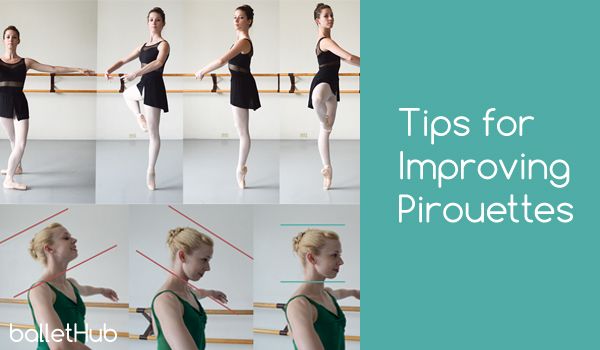
This conditions your brain to consistently think about body placement.
Chances are, dance videos are probably what got you into the dance in the first place.
Watching is not the same as doing, but it can be just as valuable as practice.
If you watch a video with the intent to learn from it, you'll still grow as a dancer.
As you watch, think about the connections between the movements, how the choreographer interpreted certain sounds, their performance, the execution, etc.
Not sure where to start? You can always check out STEEZY's channel for the newest videos by top choreographers!
This one’s hard – I mean, who wants to give up hot cheetos and peach rings?
But poor eating habits can be detrimental when you really want to improve your dancing.
Plan your day ahead and pack some fruits or veggies. Or throw a granola bar in your bag if you’re on the go.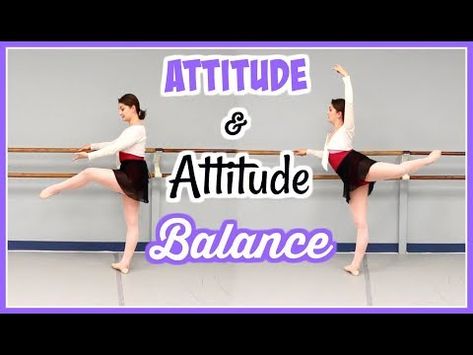
Junk food can give you quick bursts of energy, but will ultimately make you feel weighed down.
Healthier foods energize you more sustainably, and good eating habits will lead to better health in the long run.
That means, your body will be able to dance longer, stronger, and better!
If you can’t set aside time for a traditional class, try taking a class online with STEEZY Studio!
Each class is broken into bite-sized sections that you can take anytime, anywhere, at your own pace.
You can improve your dance skills by taking shorter classes that focus on fundamentals, or learn a whole piece by working on it, little by little, every day.
Want to see how it works? This explains it all:
5 tips to help you make progress in dancing
Is it possible to quickly improve your dancing skills with a few simple and effective steps? Yes! Read our tips to improve your dance technique.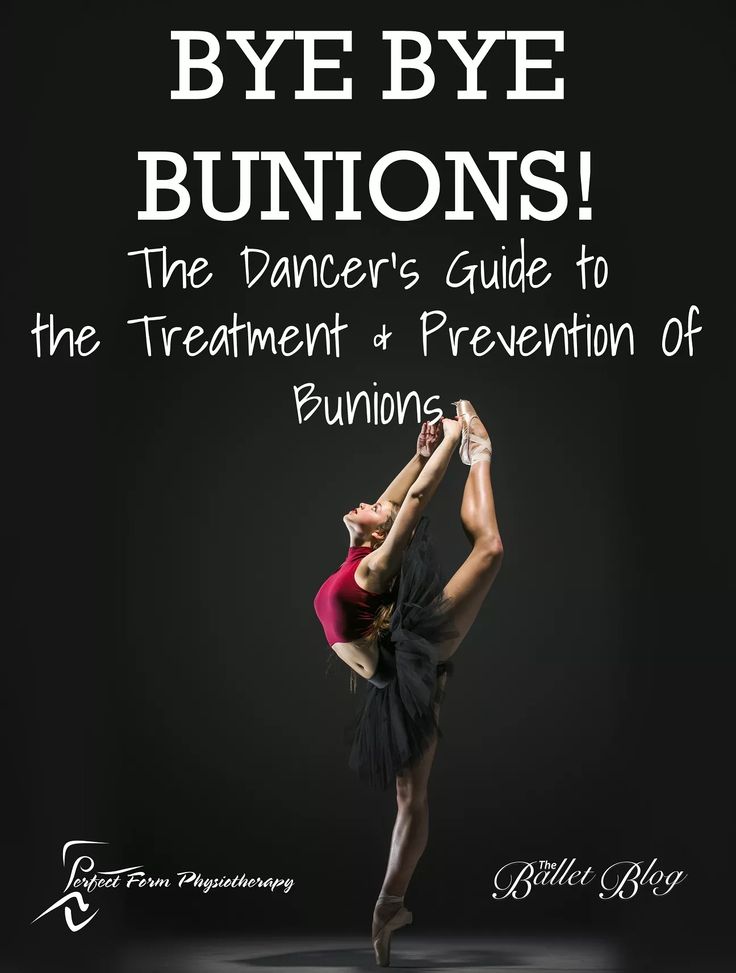
Whether you're a beginner or an experienced dancer, whether you're into ballet, modern jazz, hip hop, or any other style, these 5 tips will help you reach your peak.
Would you like to change your dance costume while keeping the same clothes? This can be done with a single accessory or piece of clothing - a favorite item that can be worn in many ways.
Depending on your style of dancing or how you feel at the moment, you can wear this piece however you want right now to give yourself a whole new look.
Your dancewear is part of your expression, so get creative by choosing an outfit that reflects your personality. Mix styles and develop your creativity.
What dancer has not had difficulty maintaining balance during the batman retreat or when performing a pirouette without a somersault?
To keep a good balance, remember this: when you move into a half-pointe position, automatically think about getting taller, as if someone is pulling you up. Press down on the ground with the foot that touches the floor to keep a firm footing. Also pay attention to the muscles of the core: tighten the stomach, imagining that the navel should touch the spine, and tighten the gluteal muscles.
Press down on the ground with the foot that touches the floor to keep a firm footing. Also pay attention to the muscles of the core: tighten the stomach, imagining that the navel should touch the spine, and tighten the gluteal muscles.
Dancing is not always easy to gracefully express yourself and see your body moving smoothly and elegantly. However, viewers often pay attention to the upper half of the dancer's body. To become more graceful, try to move in a relaxed way and keep a natural expression on your face. No one should notice the slightest sign of effort in your eyes!
Free your head and let it move, don't tense up. Do not spread or close your fingers as if you are holding something. A good dancer should have "light" hands. Your fingers should be controlled but relaxed (imagine water dripping from your fingertips and focus on the sensation).
Watch how you hold your hand: from the shoulder blades to the very nails. Keep your elbow from "falling" by taking care to support your wrist. Good support and resistance will help you shape curves that are smooth and elegant!
Good support and resistance will help you shape curves that are smooth and elegant!
Flexibility is not required in dance, but it remains a highly sought-after characteristic for many dancers nonetheless. If it is not an innate trait, it can be developed gradually, with patience and care, given the capabilities of your body.
To make your body more flexible, we recommend a special exercise - splits . It is recommended to perform it only under the supervision of trainer ! Find a trainer at All Do Sport to train efficiently and safely.
First, warm up for 10 minutes, alternating several basic exercises. Sit on the floor with your legs together in a butterfly position and do a few rolls on your back. Then warm up your legs with a few exercises, do a series of jumps and a few deep lunges, and move on to the next:
- Execution: lie on your back and put your feet on the wall.
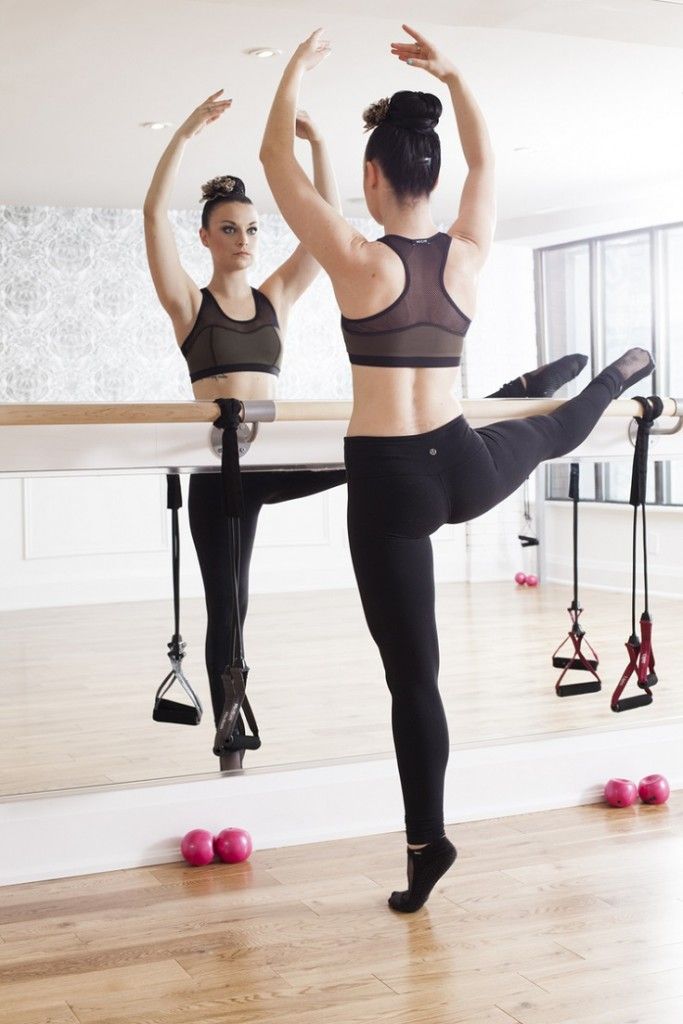 Use your hands to move as close to the wall as possible. Touch the wall with your buttocks. Straighten your legs up and stretch your toes, keeping your feet and knees together. Legs and buttocks should rest on the wall. Start slowly spreading your legs apart. Lower them down to the most extreme position. Fix this position and try to relax, allowing gravity to push your legs towards the floor. Lightly press your hands on your feet. Gradually open your legs wider and wider, stretching your muscles.
Use your hands to move as close to the wall as possible. Touch the wall with your buttocks. Straighten your legs up and stretch your toes, keeping your feet and knees together. Legs and buttocks should rest on the wall. Start slowly spreading your legs apart. Lower them down to the most extreme position. Fix this position and try to relax, allowing gravity to push your legs towards the floor. Lightly press your hands on your feet. Gradually open your legs wider and wider, stretching your muscles. - Breathing: inhale deeply and exhale slowly throughout the exercise to relax and oxygenate your muscles. This will gradually help your body become more flexible.
- Safety tips: make sure you keep your buttocks firmly against the wall and your back against the floor throughout the exercise. Pull in your stomach and lower your legs as low as possible, but not with force!
Do this exercise once every 15 minutes.
If you are already flexible enough, put on ankle weights such as Gym Weight Domyos. They will increase muscle tension and add extra inches to your stretch!
Before the performance, it is important to take time for yourself and relax. Every dancer has their own set of tips for overcoming fear on stage. Do you want to know the proven way? Learn to relax through conscious and deep belly breathing.
Really deep breathing brings a sense of calm and awakens your mental powers. It also helps to better oxygenate your muscles. To feel good about your body and mind, do this relaxation exercise while preparing for the performance and on the day of the event itself:
- Sit with your back against a wall or lie on your back
- Breathe in through your nose, slowly and deeply
- Place one hand on your belly and exhale through your mouth (you can gently press on your belly with your hand)
- Then inhale through the nose, expanding only the belly (the belly should rise)
- Exhale slowly through your mouth.
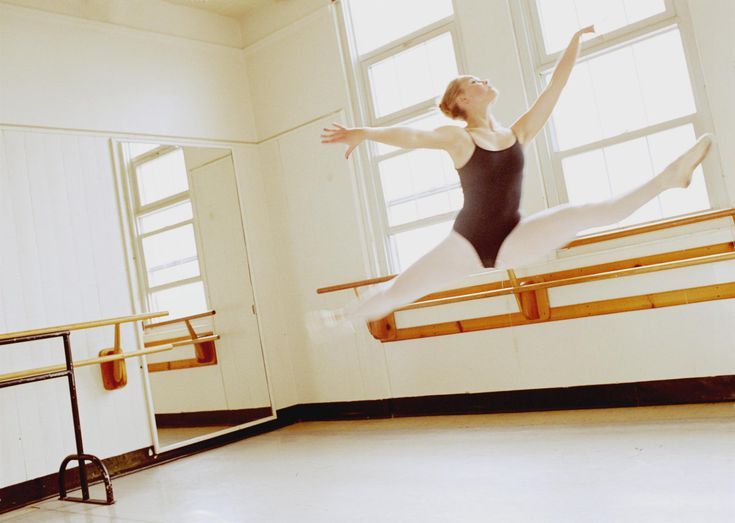 Your exhalation should be slower than your inhalation.
Your exhalation should be slower than your inhalation. - Repeat the whole sequence three times
Now you know 5 secrets that will help you improve your dancing skills or just feel good in your body before going on stage. On the day of your performance, forget about everything else and focus on just one thing - the pleasure of dancing!
19 simple ideas to develop body plasticity at home – Bachata Dance School
Surely everyone wants to quickly and effortlessly have good plastic without leaving home (and even better without getting up from the couch).
This article will not contain specific exercises - you can easily find them on the Internet. Here you will find ideas to add to your piggy bank and then develop, develop, develop...
For each item, you can find a lot of training videos and recommendations on the Internet that will bring you closer to your goal. The plasticity of the body is like a flower, the more you water it, the more beautiful it becomes.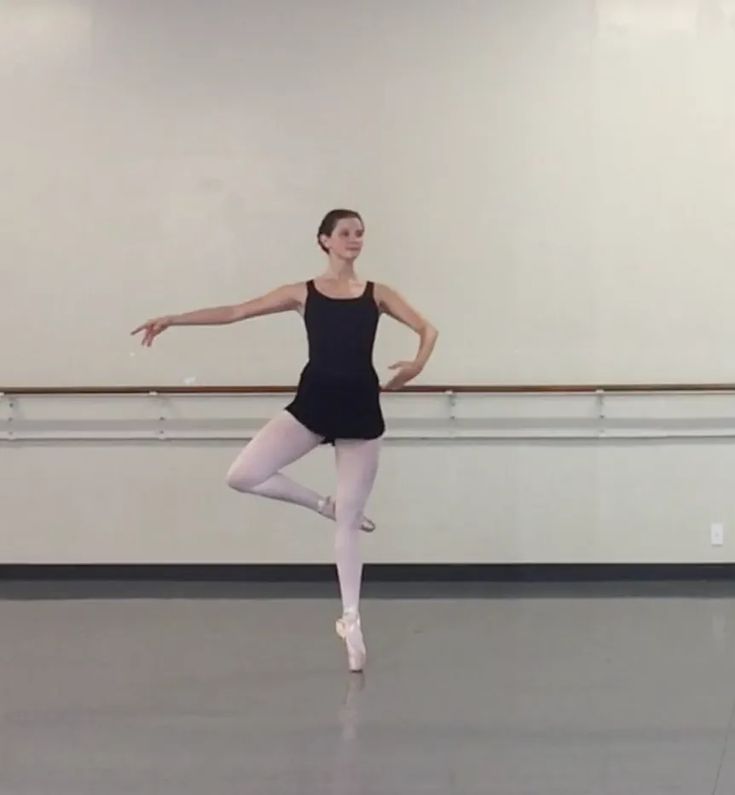
So let's get started.
- Waves . This is a very spectacular and important component for the beauty of the dance. Train them at home. The main dances that will help you develop the waves well are oriental dances, bachata, kizomba.
Examples of beautiful body waves
- Moving through the levels. Spectacular when you can move from the floor to the upper level (standing position) without much effort and tension.
- Sensitivity . In order to better manage your body, it is necessary to develop its sensitivity. You must simultaneously feel the body as a whole, as a whole.
- Copy of . Try to copy the plastic dance and record it on video. Then watch the video and dance again to the same music. Do this several times. The quality of your dance will begin to change.
- Images . When you dance, come up with an image for yourself and do not leave it until the end of the dance.

- Mirror work. Dance in front of a mirror to better see yourself from the side. Experiment and come up with new moves. Read the article improvisation in dance on our Bachata.Su website.
- Video recording. One of the most effective ways to improve plasticity is to record a video and then watch it, find things you like, don't like, then correct and record the video again.
- Work with stresses in the body. Excess tension must be removed from the body, for this various yoga exercises can help, as well as just constant and continuous work on oneself.
- Breathing. It is important to control the breath so that it is continuous. And if there is an "unnecessary" tension, "exhale through it."
- Music and emotions. Explore what kind of music you get the most beautiful dance.
- Stretching and twine. Will add spectacle and aesthetics to your dance.
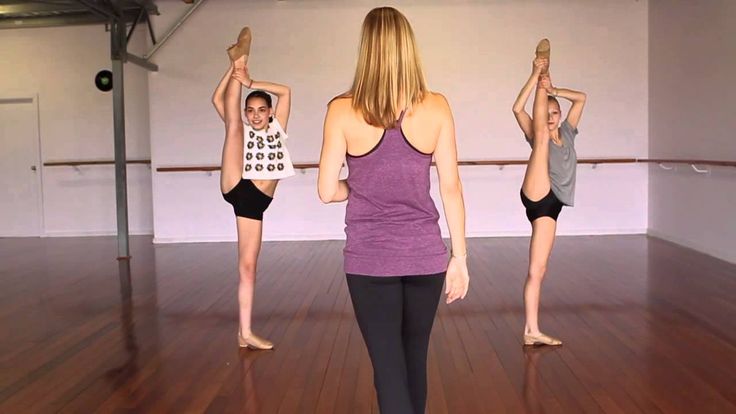 However, keep in mind that twine is such a specific thing that it requires regular practice. You need to practice regularly.
However, keep in mind that twine is such a specific thing that it requires regular practice. You need to practice regularly. - Lightweight. In order to develop lightness in dance, firstly, it is necessary to work with the relaxation of the body, and secondly, it is necessary to follow the impulses of the body, to catch the inertia of movement.
- Movement speed. You can develop the speed of movements by turning on faster music.
- Muscle training. The main muscles for a girl are abs and buttocks, for a man - abs, chest, shoulders, back. However, do not forget about the development of the muscles of the arms and legs.
- Muscle memory. You need to make sure that the muscles memorize the dance moves as quickly as possible. For this there are necessary exercises.
- Feedback. An outside view is important. Ask people you trust to evaluate your dance.
- "Turn the head on and off".

